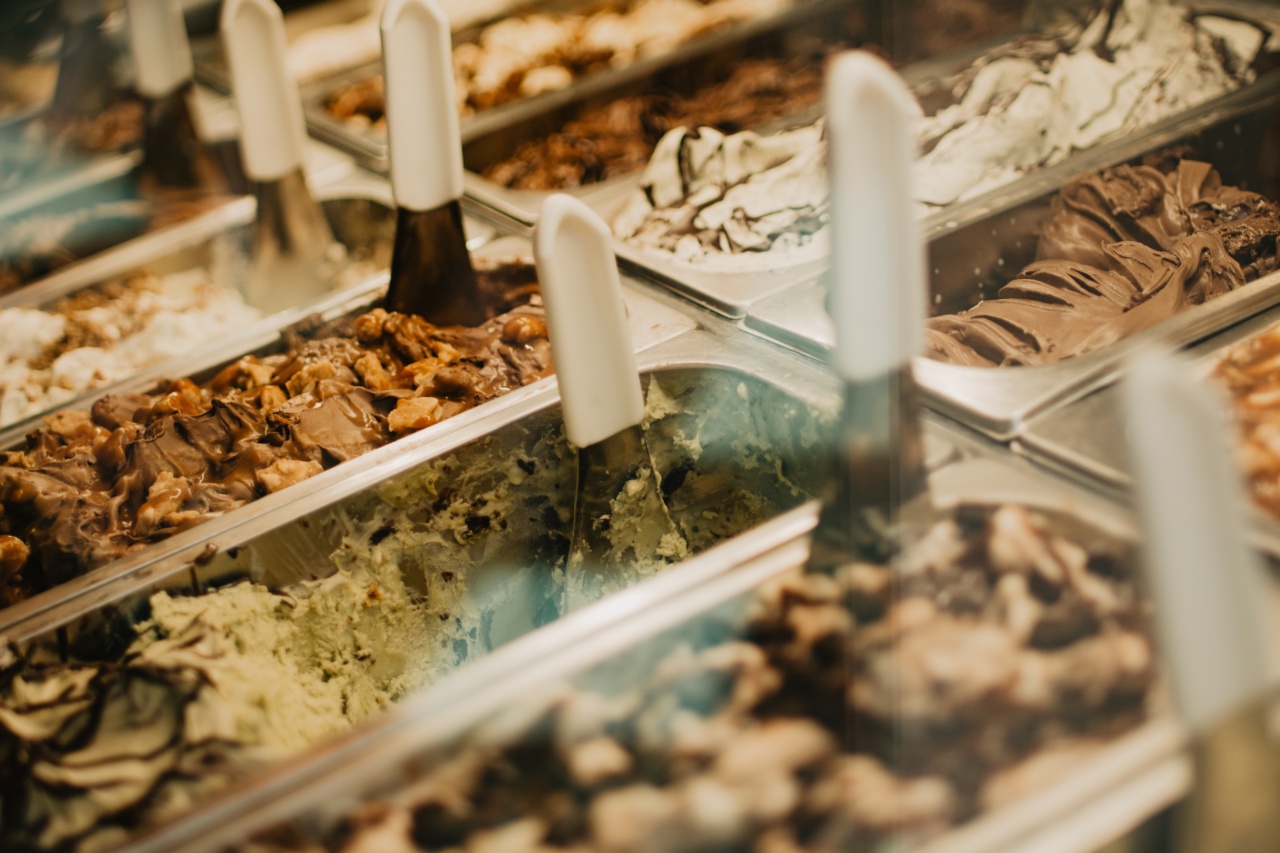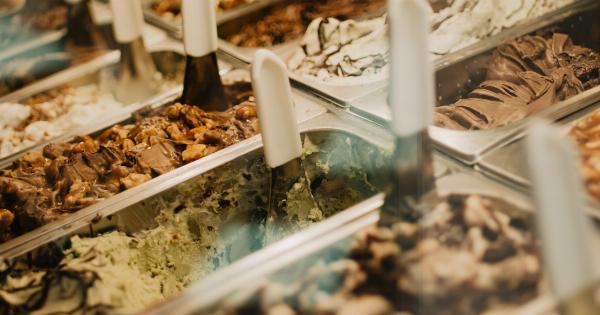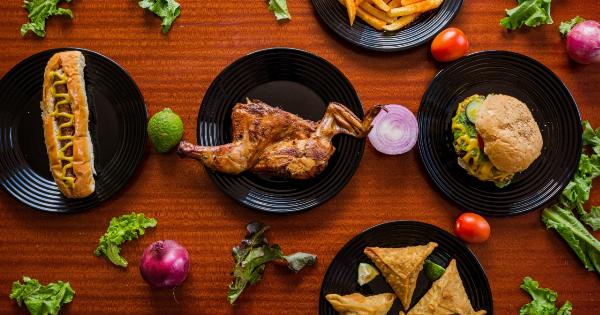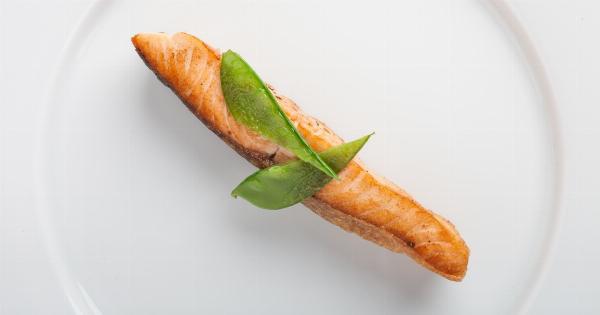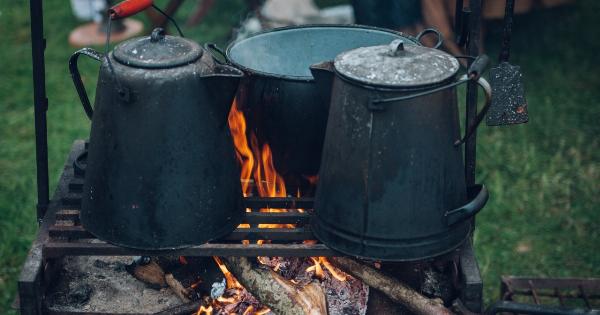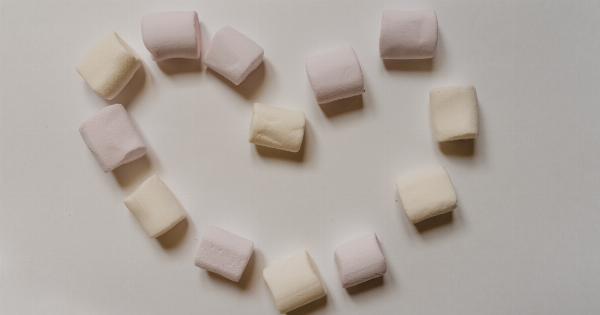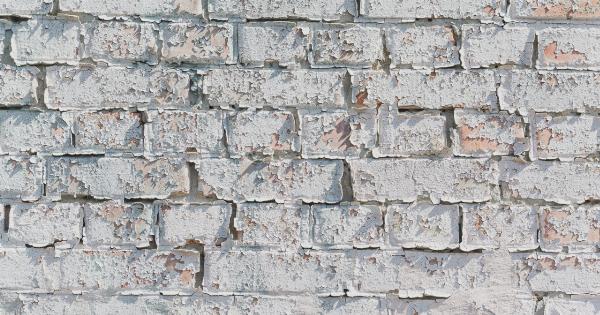When it comes to food preservation, the freezer is a great tool. It allows us to store a wide variety of foods for extended periods, helping us reduce waste and save money.
However, it’s important to note that not all foods are suitable for freezing. In fact, some foods can go bad even in the freezer, leading to spoilage, loss of flavor, and potential health risks. In this article, we will explore the foods that can go bad in the freezer and provide tips to prevent it.
1. Dairy Products
Dairy products like milk, yogurt, and soft cheeses can undergo texture and flavor changes when frozen. Freezing can cause these products to separate, resulting in a grainy or watery consistency.
The thawed dairy products may not be as enjoyable to consume. It’s best to avoid freezing dairy products, especially if you plan to consume them in their original form.
2. Eggs
While it is technically possible to freeze eggs, it’s not recommended to freeze them in their shells. When eggs are frozen in their shells, the liquid expands, causing the shells to crack.
Freezing eggs without their shells can result in texture changes and can make them rubbery. It’s better to consume fresh eggs or use alternative methods like scrambling or baking them.
3. Vegetables with High Water Content
Vegetables with high water content, such as lettuce, cucumbers, and watermelon, are not suitable for freezing. When frozen and thawed, these vegetables become limp, mushy, and lose their crispness.
To enjoy the best quality, it’s recommended to consume these vegetables fresh or consider pickling or canning methods for preservation.
4. Fried Foods
Fried foods rarely retain their crispy texture when frozen and thawed. The moisture from freezing tends to make them soggy.
If you have leftover fried foods, it’s best to consume them as soon as possible or reheat them in the oven to regain some crispness.
5. Cooked Pasta
Pasta tends to become mushy and lose its firmness when frozen and then thawed. The texture can become unappetizing, and the noodles can clump together.
If you want to freeze pasta, it’s recommended to slightly undercook it and mix it with a sauce or oil to help preserve its texture.
6. Potatoes
Freezing raw potatoes can lead to a change in texture and taste. The potatoes might become grainy, watery, or even develop an unpleasant flavor. However, blanching potatoes before freezing can help retain their quality.
Blanching involves briefly boiling the potatoes, then rapidly cooling them in ice water before freezing.
7. Creamy Sauces
Creamy sauces, such as those made with heavy cream or milk, can separate when frozen and thawed. The texture can become grainy or curdled, making the sauce less palatable.
To preserve the quality of creamy sauces, it’s best to make the sauce fresh when needed or consider using alternative ingredients for freezing purposes.
8. Mayonnaise and Salad Dressings
Mayonnaise and salad dressings can undergo textural changes when frozen. They can separate, losing their smoothness and becoming watery or lumpy.
It’s better to store mayonnaise and dressings in the refrigerator to maintain their consistency and avoid freezing them.
9. Delicate Berries
While many fruits can be successfully frozen, delicate berries like raspberries and blackberries can become mushy and lose their shape when frozen and thawed.
If you prefer to freeze berries, consider using them in smoothies, jams, or baking rather than wanting to enjoy their fresh texture.
10. Certain Herbs
Some herbs, such as basil and parsley, can lose their vibrant flavor and color when frozen. Freezing them can result in a weaker taste and potentially blackened leaves.
However, herbs can be preserved in other ways, such as drying them or making herb-infused oils and butters.
Conclusion
While freezing is an excellent method for preserving various foods, not all foods are suitable for this preservation technique.
Dairy products, eggs, vegetables with high water content, fried foods, cooked pasta, potatoes, creamy sauces, mayonnaise, delicate berries, and certain herbs are some examples of foods that can go bad or undergo undesirable changes in the freezer. To maintain the best quality and flavor, it’s crucial to understand which foods are better consumed fresh or preserved through alternative methods.
By being aware of these considerations, you can optimize your freezer usage while minimizing food waste and ensuring enjoyable meals.
